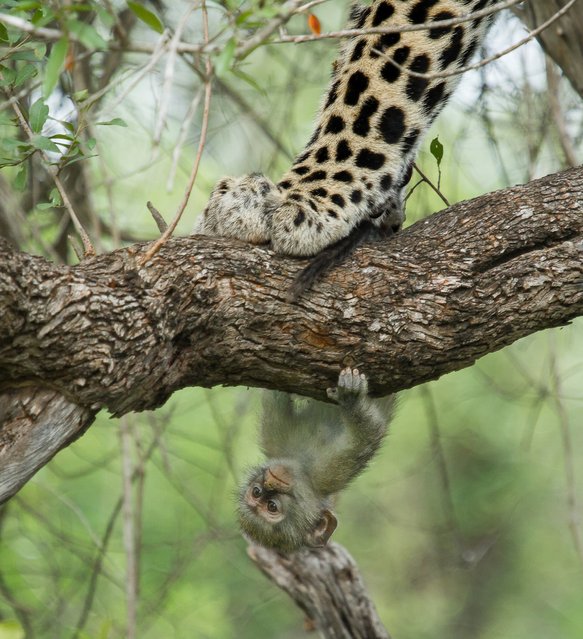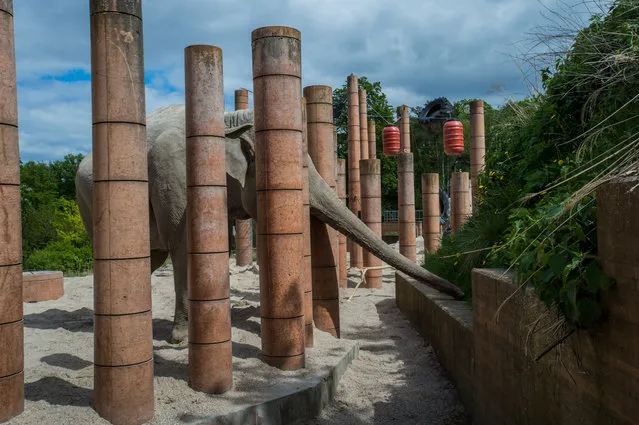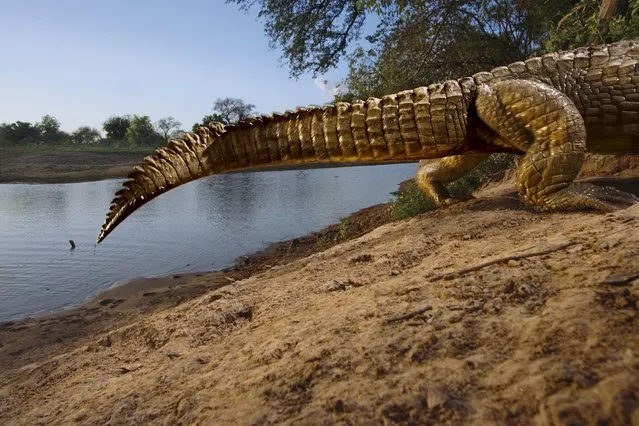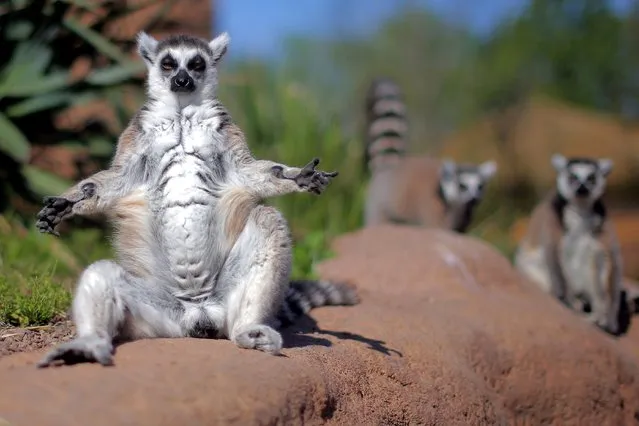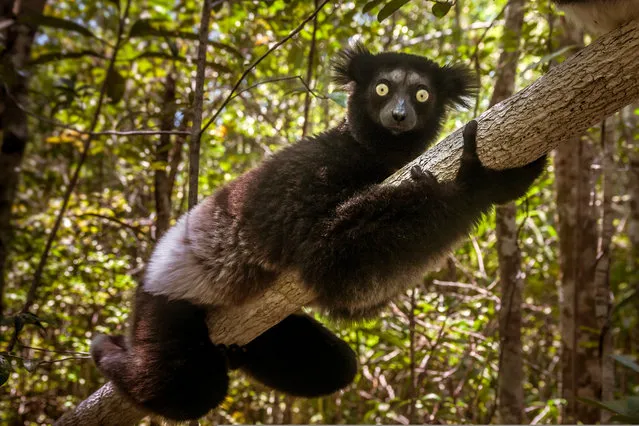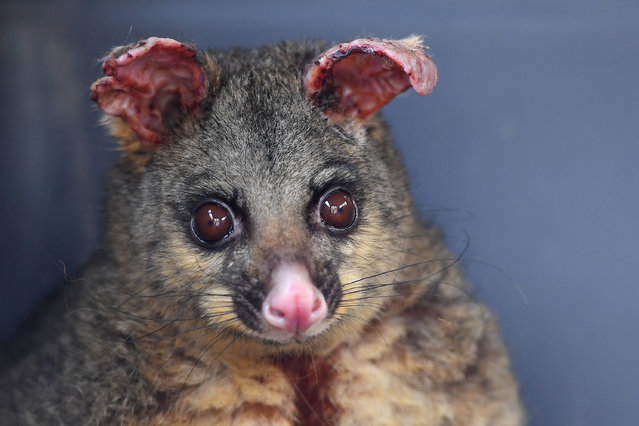
A brushtail possum whose ears and legs have been burnt from recent bushfires sits in a cage before being transported to a wildlife hospital, in Batemans Bay, South of Sydney, Australia, 14 January 2020. (Photo by Steven Saphore/EPA/EFE)
19 Jan 2020 00:03:00,post received
0 comments


